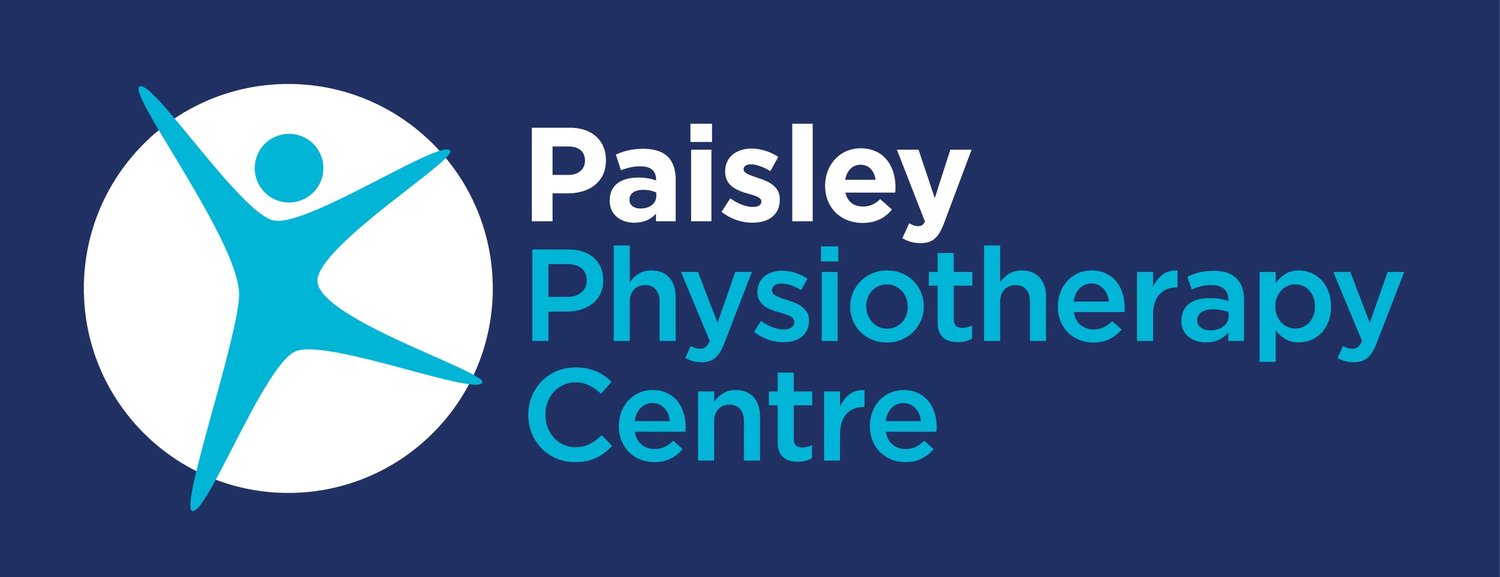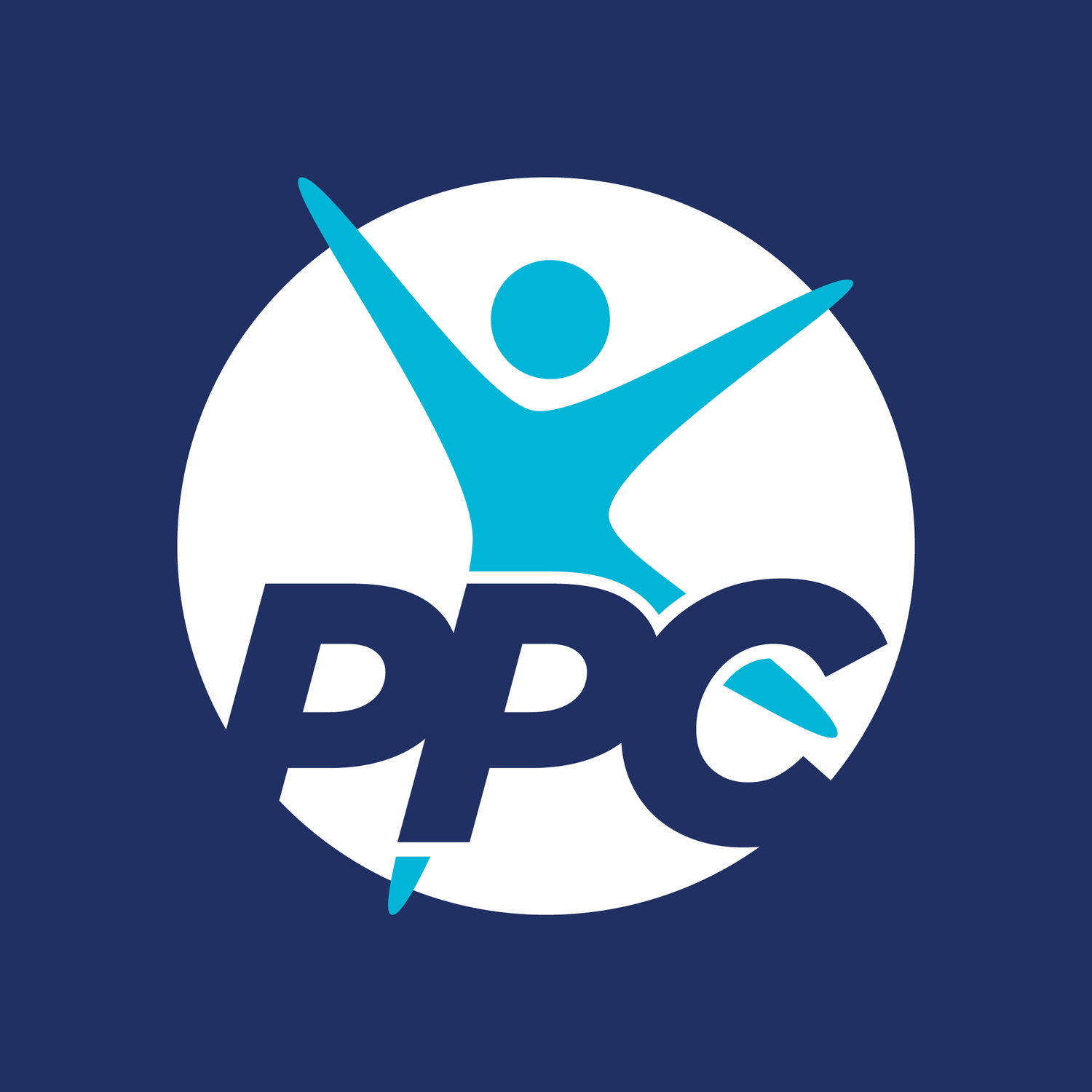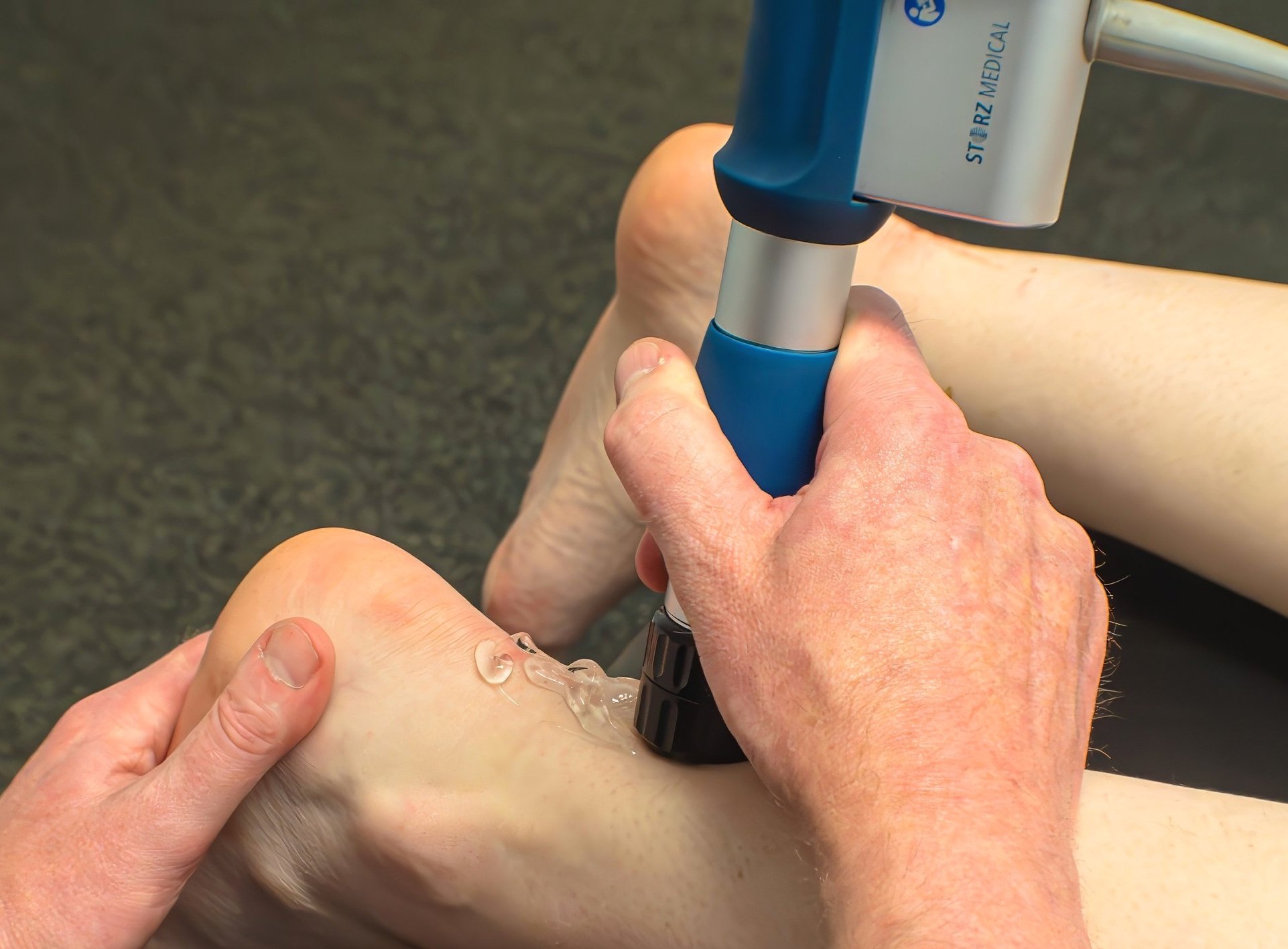Physiotherapy Treatments
We use our physiotherapy techniques to treat a wide range of injuries and conditions. We carry out tests to help locate the source of pain and apply suitable techniques of treatment and rehabilitation. Your personalised treatment plan may include various forms of treatment both within the clinic and self-directed. This process can be used regardless of whether the source of your pain is undiagnosed or inconsistent.
Electrotherapy
In electrotherapy, electrical energy is used to promote healing, repair tissue and reduce pain. Our treatment techniques include ultrasound, pulsed short-wave diathermy, interferential, TENS, and cryonic; these can be combined with a range of other therapeutic techniques.
Acupuncture
Acupuncture can be used if you're suffering from referred pain such as frozen shoulder, tennis elbow, migraine, sinusitis or inducing labour. This treatment involves inserting thin needles into your skin at targeted acupuncture points on your body. You can even combine acupuncture with other physiotherapy treatments.
Massage
Give your muscles the time to heal with the right type of massage. Massages can address a variety of muscular complaints. At Paisley Physiotherapy Centre, we offer different types of massage techniques and will help you select the one that's best suited to your condition or requirements.
Shockwave Therapy
Shockwave therapy uses high-energy acoustic waves to start the process of repairing damaged tissues. If your tissues have serious inflammation then this process will help it heal through tissue regeneration.
Manual Therapy
Here at Paisley Physiotherapy Centre we can provide "hands on" joint mobilisation and manipulation. Using manual techniques, we can assist in relieving joint pain or stiffness, and increase your range of movement and function.
Post Surgery Rehabilitation
Even after the best of medical treatments and surgery, you may need extra care and attention to recover fully and quickly. We can assist with this with our post-surgery rehabilitation and also help reduce the risks of an incomplete recovery. This process, will help you to maximise your recovery potential, regain mobilisation and reduce pain and weaknesses.








